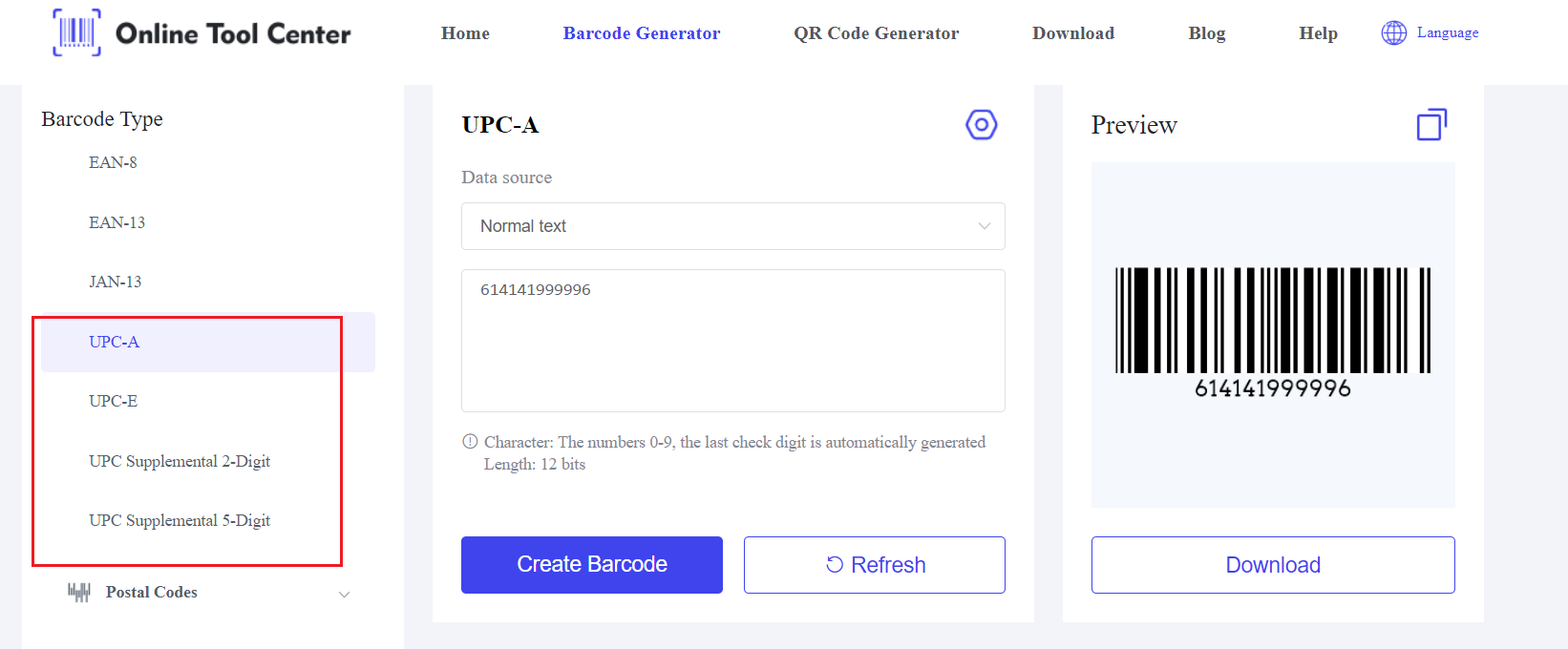In today's retail environment, barcodes are an essential component of smooth operations, ensuring accurate pricing, efficient inventory management, and a streamlined checkout experience.
One of the key players in this evolution has been Kmart, a well-known retail chain that has effectively utilized barcode technology to optimize its processes.
This article discovers the impact of the Kmart barcode system, exploring how it has shaped the store's operations and influenced the broader retail.
When did Kmart start using barcodes?
Barcodes were first introduced in the retail industry in the early 1970s, offering a new way to manage large inventories and speed up the checkout process.
Kmart was among the early adopters of barcode technology, integrating it into their stores by the late 1970s.
This adoption was driven by the need to improve inventory management and reduce human errors in pricing and checkout processes.
Before the introduction of barcodes, Kmart, like many other retailers, relied on manual systems to manage inventory and pricing.
These methods were labor-intensive and prone to mistakes, leading to stock discrepancies and pricing errors.
The introduction of Kmart barcodes marked a significant shift, allowing for automated tracking of inventory levels and accurate pricing, which in turn improved operational efficiency and customer satisfaction.

Image source: Kmart
Kmart's Barcode Technology: Evolution and Integration
Since its initial adoption, the Kmart barcode system has undergone several advancements. The early (UPC) barcodes used by Kmart were limited in the amount of data they could store, primarily encoding basic information such as product type and price.
As technology advanced, Kmart transitioned to 2D barcodes, which can store more information, including product descriptions, promotional details, and supply chain data.
This evolution has allowed Kmart to enhance its inventory management processes, enabling more accurate tracking of products from the warehouse to the store shelves.

Integration with Online Platforms
With the rise of e-commerce, Kmart recognized the need to integrate its barcode systems with its online platforms. This integration has been instrumental in providing a seamless shopping experience for customers, both in-store and online.
Kmart barcodes now play a crucial role in the company's omnichannel strategy, enabling real-time inventory tracking, accurate pricing, and efficient order fulfillment.
When customers shop online, the barcode system ensures that the inventory is updated, reducing the chances of stockouts and ensuring that customers receive the products they order.
The Role of Barcodes in Kmart's Pricing Strategies
1. Dynamic Pricing
Barcodes play a vital role in Kmart's pricing strategies, particularly in enabling dynamic pricing models.
Through the Kmart barcode system, prices can be adjusted based on various factors such as demand, competitor pricing, and promotional campaigns.
This flexibility allows Kmart to remain competitive in the market while offering customers the best possible deals.
For example, during peak shopping seasons or promotional events, Kmart can quickly adjust prices across its entire inventory, ensuring that customers always receive accurate pricing.
This capability not only enhances customer satisfaction but also helps Kmart manage its inventory more effectively by encouraging sales of specific items.
2. Impact on Consumer Experience
For customers, the Kmart barcode system translates into a more transparent and efficient shopping experience.
Barcodes ensure that the prices displayed on shelves are consistent with those at checkout, reducing the chances of pricing errors. Additionally, barcodes enable faster checkout processes, as cashiers can quickly scan items rather than manually input prices.
The Future of Barcodes at Kmart
Looking ahead, Kmart is exploring new technologies that could further enhance its barcode system. One such technology is Radio-Frequency Identification (RFID), which offers the potential for even greater efficiency in inventory management and customer service.
Unlike traditional barcodes, RFID tags do not require line-of-sight scanning, allowing for faster and more accurate inventory tracking.
While RFID is still in the exploratory phase at Kmart, it represents the next step in the evolution of retail technology.
FAQs
1. How to retrieve a Kmart receipt?
If you need to retrieve a receipt from Kmart, you can do so by visiting the customer service desk in-store or contacting their online support team. You'll need to provide details such as the date of purchase and the items bought to help locate the receipt.
2. Is Kmart in Australia the same as Kmart USA?
No, Kmart in Australia operates under different ownership from Kmart in the USA.
However, both entities use advanced barcode technologies to manage their operations effectively.
3. What makes Kmart's barcode system unique?
Kmart's barcode system is unique due to its integration with both online and in-store platforms, its use of advanced 2D barcodes, and its commitment to sustainability in retail operations.
To sum up, the evolution of Kmart barcodes has been a driving force behind the retailer's success, revolutionizing its inventory management, pricing strategies, and overall customer experience.
As technology continues to advance, Kmart is well-positioned to leverage innovations like RFID to further enhance its operations.
For businesses and individuals interested in exploring barcode technology, using a free online barcode generator can provide a solid starting point for implementing these systems in various applications.





